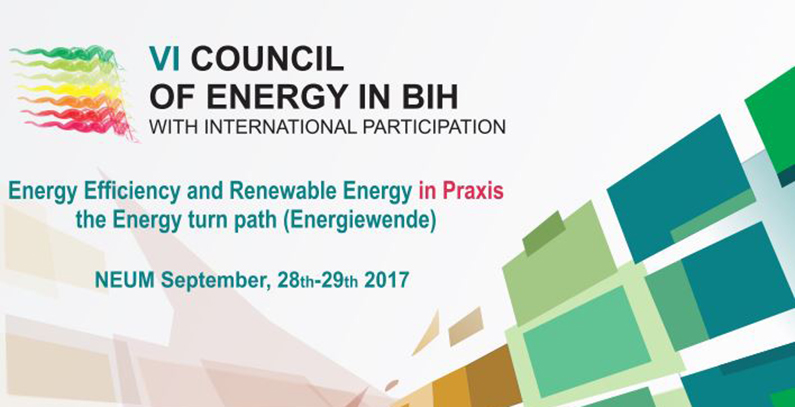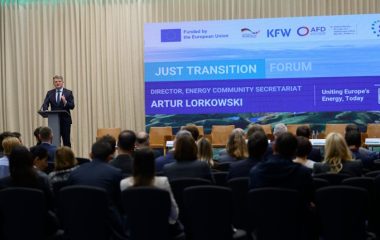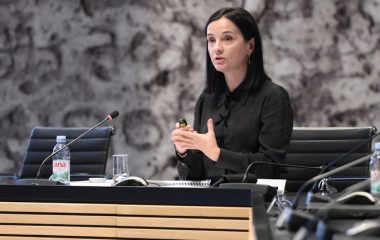
Photo: CETEOR
Share
Published:
October 5, 2017
Country:
Author
Share
During the conference on energy efficiency and renewable energy sources, held in Bosnia and Herzegovina, it was stated that a great number of strategies and action plans existing on different levels in most of the countries in the region present a challenge, hence a systemic approach for attaining energy efficiency standards in the region was crucial. The participants estimated that it is necessary to better inform the public about the benefits of energy efficiency. They also concluded that national laws in the field of energy efficiency are good, but that their implementation is lagging behind.
On 28 and 29 September, the VI Conference on Energy in Bosnia and Herzegovina, titled “Energy Efficiency and Renewable Energy in Praxis”, was held in the coastal town of Neum. This year’s conference was dedicated to the energy transition from fossil fuels to energy efficiency and renewable energy sources, with the focus on concrete experiences.
The conference, organized by the organization CETEOR, gathered representatives of ministries and institutions in charge of energy, international and domestic organizations that implement projects in the field of energy, as well as representatives of local communities, energy managers and investors.
At the session dedicated to strategic energy planning, Dubravka Bošnjak, Project Manager of GIZ Open Regional Fund for Southeast Europe – Energy Efficiency (GIZ ORF-EE), said that one of the biggest issues in Bosnia and Herzegovina is how to coordinate a large number of strategies that exist at different levels – levels of entities, cantons and municipalities.
She highlighted the importance of the bottom-up approach and added that a systemic approach is specifically needed in the field of energy efficiency, but also in all other sectors related to it.
Croatia is facing a similar situation with a large number of strategies. There, 12 to 13 cities have developed their action plans for sustainable energy development (SEAP) and begun to implement the measures, but now they have to develop an energy efficiency strategy for a three-year period, it was referred to at the conference.
The City of Mostar, in Bosnia and Herzegovina, has also developed an action plan for the period 2016-2020 and started to implement it. It has also applied for IPA funds, securing EUR 1 million for two projects in the field of energy efficiency. The projects envisage buildings refurbishment and installation of insulation, and upgrading of public lighting. The local government also hopes to create an Energy Efficiency Fund in the future.









Be the first one to comment on this article.